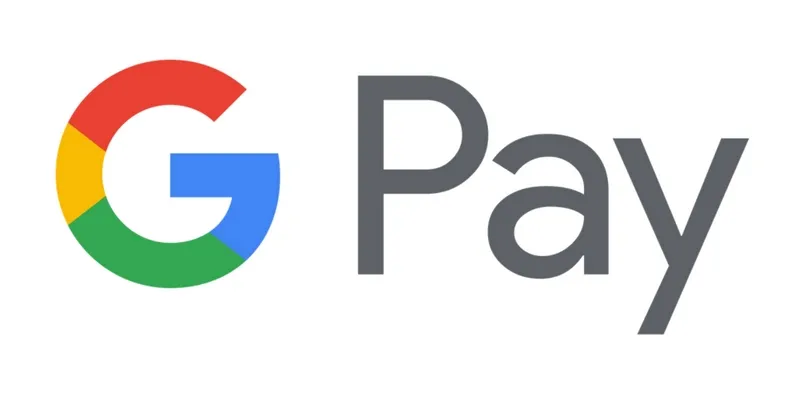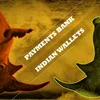Here are the 5 e-payment platforms accelerating India's digital economy growth
Digital payments could expand to $1 trillion by the year 2022. These five digital payment platforms are at the top of their game as they accelerate the digital economy growth in India.
The digital economy of India can be aptly chronicled into 'before November 2016 and after.' The surge in digital payments and wallets which sparked after demonetisation is continuing to run the payments landscape in the country.
Surpassing the United States last year, India has become the second-largest market in the world for mobile phones. With the internet becoming readily available, smartphones easily affordable, and the government’s push for a cashless economy, India has more reason to amplify its payment channels. A report by Credit Suisse states that the mobile payments market in India, which was at $200 billion in 2017, could expand to $1 trillion by the year 2022, which signifies a 5X growth.
The entry of NPCI-owned Unified Payments Interface (UPI) is another major contributor to the payments space in India, which amounted to 2 percent of the country’s payment volumes last year. Right now, UPI’s contribution is around 20 percent.
Razorpay’s CEO Harshil Mathur, who has been watching the payments landscape closely, believes that the reason behind the significant adoption of UPI is that it is one of the only instruments in the country today built with a mobile-first design and approach.

Though cash is still king in many places and debit/credit cards make for their own domination, the level of convenience of digital payments has its own niche, thanks to the disruption of digital wallets like these:
Paytm
Founded in 2010 by Vijay Shekhar Sharma, Paytm has been the flag-bearer of this space for the past three years. While the company scaled up the ladder in 2017, it also reached the top rung both as a mobile wallet and a business in 2018. In 2017, Paytm became the country’s first-ever payments app that had crossed 100 million downloads.

As of July 2018, Paytm crossed an annual run rate of five billion transactions a year, with $50 billion in annual gross transaction value. The same year, One97 Communications (the parent company) had raised more than $2 billion from investors like the Chinese tech giant Alibaba and Japanese titan SoftBank, while renowned investor Warren Buffett’s investment firm Berkshire Hathaway picked up a stake in Paytm for $356 million.
Apart from facilitating payments and services in 11 languages, for gas, water, electricity, mobile and metro recharges, movie ticketing, trains and flights, several other Paytm products like Paytm Mall, Paytm Payment Bank, Paytm Money, Paytm Gamepind, and Paytm Smart Retail have added to the success.
The company achieved its billion-dollar valuation in 2015, and is now reportedly heading towards a $16 billion valuation with the ongoing process of raising a new round of funding.
Google Pay
Starting as a search engine, Google has pushed itself into advertising, marketplaces and cloud storage for consumers and businesses, cloud computing a product suite, web browser, mobile devices like smartphones, watches, laptops and pretty much anything in the digital consumer landscape. It then turned to payments.

Initially released as Android Pay in 2015 at Google I/O, it rebranded its platform to Google Tez for the Indian market in 2017, and then Google Pay in January 2018.
Within 37 days of the launch in India, Google Pay had 8.5 million app installations and only within 40 days, 30 million transactions were recorded.
It is reported that Google Pay has now clocked more than 65 million monthly active users (MAUs) and digital transactions worth $110 billion in India alone. Recently, it has launched Google Pay for businesses to facilitate direct digital payments for merchants without any intervention from an agent.
PhonePe
Founded by the Flipkart mafia - Sameer Nigam, Rahul Chari and Burzin Engineer, in June, the Bengaluru-based payments company reached an offline merchant base of more than five million. This was a rapid increase from January 2019, when the total offline merchants on the platform stood at 1 million, which crossed three million in April.

Besides being a digital wallet for payments, PhonePe also launched its own apps platform in 2018, allowing customers to place orders on Ola, Myntra, IRCTC, Goibibo, redBus, Oyo and Treebo, etc.
It has also partnered with online gaming startup Mobile Premier League. Right now, the payments startup is aiming to bring in more partners across categories like travel, mobility, food, hyperlocal, shopping and entertainment.
Owned by Flipkart, which has a 100 percent stake in PhonePe, in March this year, the Flipkart board gave an in-principle approval to hive off PhonePe as a separate entity after investing Rs 700 crore in it.
Three months later, in July, PhonePe received a capital infusion of Rs 698 crore again from its parent company. At present, PhonePe is valued at more than a billion dollars.
The offering includes instant settlements and zero processing fee on UPI transactions for merchants. At present, PhonePe is present in more than 150 cities across India, and continues to expand into new geographies.
MobiKwik
Founded by husband and wife Bipin Preet Singh and Upasana Taku, MobiKwik has been around since 2009.
Having raised more than $118 million in funding so far, the payment gateway claims to now have 20 million credit cards and more than 94 million unique cards saved on its platform.
Its clientele includes the likes of Uber, IRCTC, Dream11, Zomato, Delhivery, Dominos, Maruti Suzuki, Grofers, Blue Dart, and Bajaj Finance. Reportedly, the startup has claimed a 94 percent success rate in its transactions.

MobiKwik founders: Upasana Taku and Bipin Preet Singh
Currently, MobiKwik claims to have a user base of more than 107 million users, 3 million merchants and over 200 billers. The payments startup claims that it will enrol at least 10 million users by FY 2020 to avail at least three financial services on the MobiKwik platform.
In June this year, the startup entered a partnership with DT One, a global B2B network for mobile top-up solutions. After the agreement, MobiKwik has crossed international waters to offer mobile recharge in 150 countries across 550 mobile operators.
Amazon Pay
To lock horns with Paytm, PhonePe, and most pertinently, Google, Amazon Pay is catching up fast. Amazon launched its payments arm Amazon Pay in 2016. Ever since, Amazon Pay has been pumped in with Rs 2,771 crore, according to Tofler’s business intelligence.

The digital payments arm of the ecommerce major has also acquired Bengaluru-based app aggregator Tapzo in August 2018, to ramp up its online payments business. In January this year, Amazon pumped in Rs 300 crore into Amazon Pay, through its Singapore and Mauritius-based group entities Amazon Corporate Holdings Private Ltd and Amazon.com Inc Limited.
Later in July, the ecommerce giant had infused Rs 450 crore into Amazon Pay unit in India.
In April this year, Amazon Pay launched person-to-person (P2P) payments on Android, allowing its users to make instant bank-to-bank transfers while leveraging the Unified Payments Interface (UPI) platform on the Amazon app.
(Edited by Suruchi Kapur Gomes)














